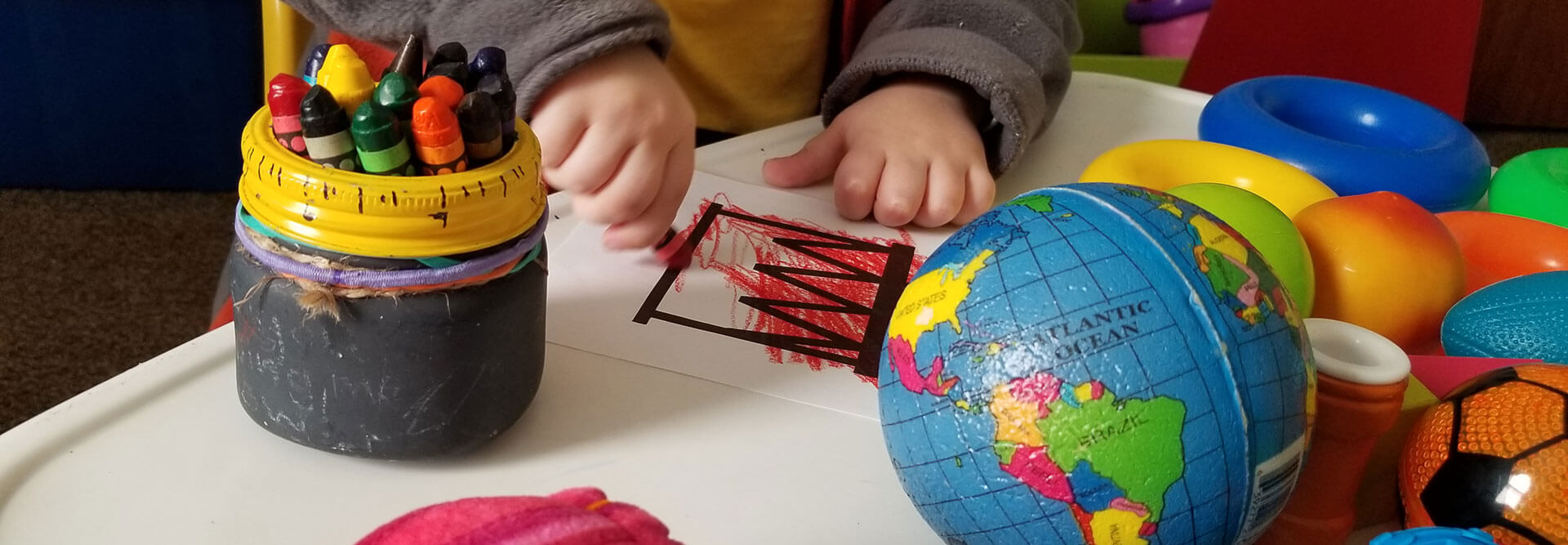In mid-March, the governor of North Carolina ordered all public schools to close to mitigate the spread of coronavirus. Parents who depend on schools for meals, childcare, and academics were left to fend for themselves. Teachers wondered how to deliver lessons virtually and prepare students for end of grade tests. Homeschool groups online were flooded with questions about the best curriculum and schedules. Their worries pointed to one catastrophizing question: with an interruption of uncertain length, how would students learn what they needed to know?
As a facilitator at Gastonia Freedom School, I had different concerns. We are used to adjusting lessons on the fly based on the needs of our students, so we were ready with assignments and worksheets for our students at home. Accounting for the additional stress of disrupted routines, we set loose deadlines and asked students to pace themselves. As a self-directed space, we’ve already had the conversation with our parents about how children learn in their own way and in their own time. Micro-schools, with as few as three and as many as a hundred students, are perfect educational settings during and after this crisis.
In micro-schools, the ideal environment of low student to teacher ratio, abundant resources, and personalized education is the default and not a marker of privilege. The community at a micro-school is more likely to have children of different backgrounds instead of concentrating at-risk children together. Administrators are more flexible and responsive to student needs instead of being bound by county and state regulations. Students flourish as their individuality is seen and celebrated instead of condensed into a percentile at the end of the year.
Our center remained open when the public schools closed, though many of our students chose to stay at home. We accepted children from public school families with parents who needed to work. Instead of drilling them on assignments from their teachers, we gave them the freedom to watch videos, play boardgames, or even sleep. We had conversations about the new virus and what our world might look like in the future. Facts and figures weren’t so important to our students in the moment; feeling safe and supported was.
Students at micro-schools thrive in a flexible environment better suited for the 21st century work world. When they interact with the facilitators as co-learners, they see us as equals and not just as authority figures. When they use their interests to guide their learning, they are more engaged than when following a set curriculum. Parents adjusting to being productive in a distracting home environment can now understand why some kids aren’t their best in a classroom with twenty or more learners. Now they can see why collaboration, communication, and introspection are more important than silence, obedience, and ability to fill in a bubble sheet.
There are downsides to micro-schools. We aren’t eligible for food programs or daycare subsidies, depending on tuition to pay facilitators and buy supplies. Families attracted to alternative schools are usually wealthier and/or have a parent who stays at home. Our center had to close for three weeks when one of us started showing symptoms of coronavirus. But overall, micro-schools are showing us what works in this new world of social distancing. Learning isn’t about sitting at a desk memorizing facts. It’s about engaging with the world and understanding our place within it. When we show our student how to do that, they get exactly what they need when they need it.
If you enjoyed this article and feel called to give back to ASDE, here are ways you can support our work:
- Donate money
- Share our content with others! Click one of the buttons above to easily share on Twitter, Facebook, or email.
- Consider becoming a Contributor for Tipping Points
Tipping Points Magazine amplifies the diverse voices within the Self-Directed Education movement. The views expressed in our content belong solely to the author(s). The Alliance for Self-Directed Education disclaims responsibility for any interpretation or application of the information provided. Engage in dialogue by reaching out to the author(s) directly.






